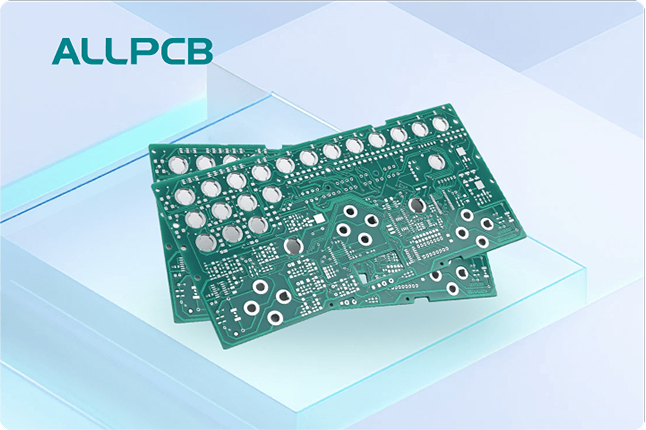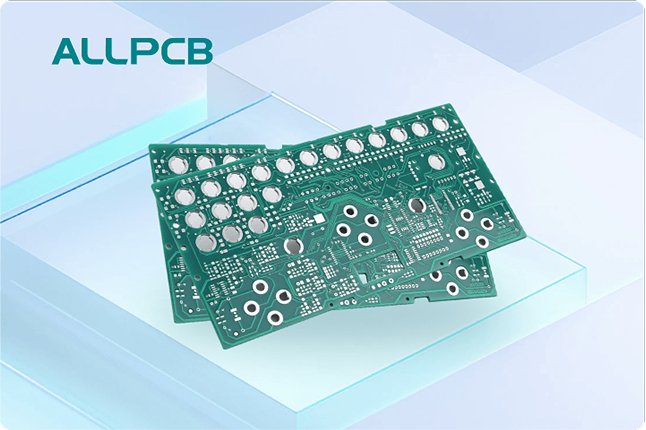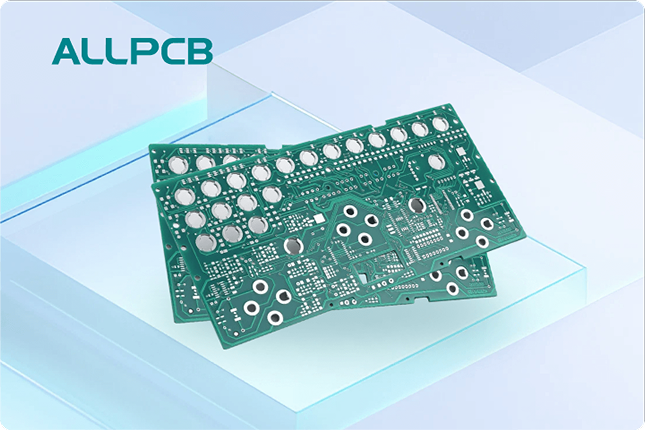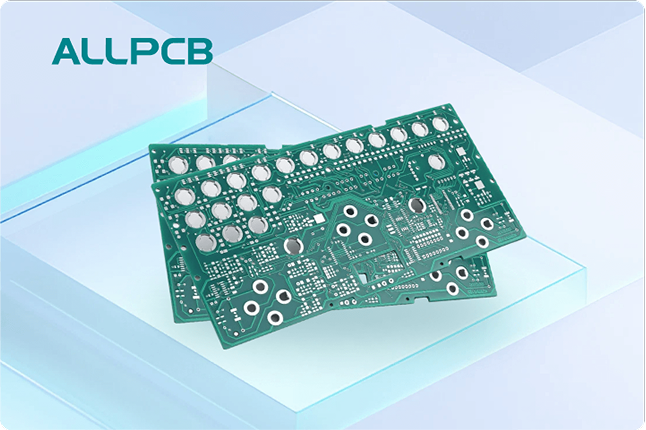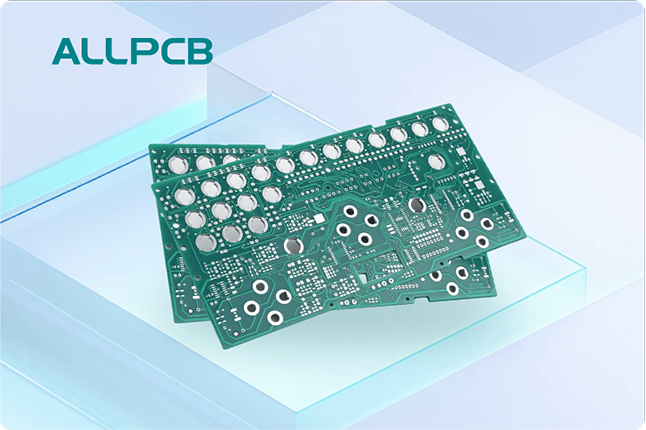In the world of PCB (Printed Circuit Board) fabrication, standards are the backbone of quality, reliability, and consistency. While IPC standards are widely recognized as the go-to guidelines for electronics manufacturing, many professionals often overlook the critical role of ASTM standards in PCB fabrication. So, what sets ASTM apart, and how does it compare to IPC in the context of PCB manufacturing processes? In this comprehensive guide, we’ll dive deep into the differences between ASTM vs IPC standards for PCB, explore the specific advantages of ASTM standards in PCB fabrication, and highlight how they serve as valuable alternatives in certain scenarios.
Whether you’re an engineer, designer, or manufacturer seeking to optimize your PCB production, understanding the role of ASTM standards can elevate your processes beyond the conventional IPC framework. Let’s explore how ASTM standards contribute to PCB manufacturing and why they deserve attention.
What Are IPC and ASTM Standards in PCB Fabrication?
Before we delve into the specifics, let’s clarify what IPC and ASTM standards represent in the realm of PCB fabrication. Both sets of standards aim to ensure quality and consistency, but they approach it from different angles and serve distinct purposes.
IPC Standards Overview: IPC, or the Institute of Printed Circuits (now known as the Association Connecting Electronics Industries), provides a comprehensive set of guidelines that cover nearly every aspect of PCB design, fabrication, and assembly. Standards like IPC-A-610 (Acceptability of Electronic Assemblies) and IPC-2221 (Generic Standard on Printed Board Design) are widely adopted in the electronics industry to ensure reliability and performance. IPC standards are often very specific to electronics, addressing issues like soldering quality, component placement, and board design tolerances.
ASTM Standards Overview: ASTM International, formerly known as the American Society for Testing and Materials, develops standards across a wide range of industries, including electronics. In PCB fabrication, ASTM standards focus more on the materials and testing methods used in manufacturing processes rather than the intricate details of design or assembly. For instance, ASTM standards might govern the properties of copper foil (like ASTM B152 for copper sheet and strip) or the testing of dielectric materials used in PCBs (like ASTM D150 for dielectric constant measurement).
In short, while IPC standards are tailored specifically for electronics manufacturing, ASTM standards provide a broader foundation for material quality and testing protocols that are critical in PCB production. Understanding this distinction is key when comparing ASTM vs IPC standards for PCB.
ASTM Standards in PCB Fabrication: A Closer Look
ASTM standards play a vital role in PCB fabrication by ensuring that the raw materials and testing methods meet stringent quality requirements. These standards are often applied in the early stages of manufacturing, long before a PCB reaches the assembly line. Let’s explore some key areas where ASTM standards impact PCB manufacturing processes.
1. Material Specifications for PCB Substrates and Components
One of the primary roles of ASTM standards in PCB fabrication is defining the properties of materials used in board construction. For example:
- Copper Foil: ASTM B152 specifies the requirements for copper sheet, strip, and rolled bar used in PCB laminates. This ensures that the conductive layers of a PCB have consistent thickness and purity, which directly affects electrical performance. Poor-quality copper can lead to issues like increased resistance or signal loss, especially in high-frequency applications where impedance values (often targeted around 50 ohms for RF designs) are critical.
- Dielectric Materials: ASTM D150 outlines methods for testing the dielectric constant and loss tangent of insulating materials. These properties are crucial for high-speed PCBs, where signal integrity depends on maintaining specific dielectric constants (typically between 3.5 and 4.5 for FR-4 materials) to achieve signal speeds up to several gigabits per second.
By adhering to ASTM material standards, manufacturers can ensure that their PCBs perform reliably under various operating conditions, from consumer electronics to aerospace applications.
2. Testing Methods for Durability and Performance
ASTM standards also provide standardized testing methods to evaluate the durability and performance of PCB materials. For instance:
- Thermal Testing: ASTM E831 defines how to measure the thermal expansion of materials, which is critical for multilayer PCBs. A mismatch in thermal expansion between layers can cause delamination or cracking during soldering or operation, especially in environments with temperature swings from -40°C to 85°C.
- Mechanical Strength: ASTM D790 outlines flexural strength testing for plastics and composites used in PCB substrates. This ensures that the board can withstand physical stress during assembly or use without warping or breaking.
These testing protocols help manufacturers identify potential weaknesses in materials before they become costly failures in the field.
ASTM vs IPC Standards for PCB: Key Differences
While both ASTM and IPC standards aim to improve the quality of PCB fabrication, they differ significantly in scope and application. Here’s a detailed comparison to help you understand where each excels and how they complement each other in PCB manufacturing processes.
- Scope of Application: IPC standards are highly specialized for electronics, covering everything from design rules (like minimum trace widths of 0.1 mm for Class 3 boards) to assembly criteria. ASTM standards, on the other hand, focus on broader material properties and testing methodologies that apply across multiple industries, not just electronics.
- Focus Area: IPC often deals with end-to-end processes, including how components are soldered or how vias are placed. ASTM focuses on the foundational elements, such as the tensile strength of copper (often tested to withstand up to 70,000 psi) or the moisture absorption rate of laminates (targeting less than 0.8% for reliability).
- Adoption: IPC standards are almost universally adopted in the electronics industry due to their specificity. ASTM standards are often used in conjunction with IPC, especially when sourcing raw materials or conducting material qualification tests.
In essence, IPC standards guide the “how” of PCB fabrication and assembly, while ASTM standards ensure the “what”—the quality of materials and testing methods. Together, they create a robust framework for producing high-quality PCBs.
Advantages of ASTM Standards in PCB Fabrication
While IPC standards are indispensable, ASTM standards offer unique advantages that can enhance PCB manufacturing processes. Here are some key benefits of incorporating ASTM standards into your workflow.
1. Enhanced Material Reliability
ASTM standards provide rigorous specifications for materials, ensuring that every component of a PCB—from the substrate to the conductive layers—meets high-quality benchmarks. For example, using copper foil that complies with ASTM B152 guarantees consistent electrical conductivity, reducing the risk of signal degradation in high-speed designs where signal speeds can exceed 10 Gbps.
2. Cross-Industry Applicability
Unlike IPC standards, which are tailored to electronics, ASTM standards apply across various industries. This makes them particularly useful for PCB manufacturers working on specialized applications, such as automotive or aerospace, where materials must meet additional environmental or mechanical requirements. For instance, ASTM D256 (impact resistance testing) ensures that PCB materials can withstand harsh conditions like vibrations or sudden impacts in automotive systems.
3. Standardized Testing for Consistency
ASTM’s standardized testing methods allow manufacturers to compare materials from different suppliers using the same benchmarks. This consistency is critical when scaling production or switching vendors, as it minimizes variations that could affect PCB performance. For example, testing dielectric materials under ASTM D150 ensures that the dielectric constant remains within a tight tolerance (e.g., ±0.1 for high-frequency boards), maintaining signal integrity across batches.
ASTM Alternatives for PCB Fabrication: When to Use Them
While IPC standards are often the default choice for PCB fabrication, there are scenarios where ASTM standards serve as valuable alternatives or complements. Here are a few situations where ASTM guidelines might take precedence or work alongside IPC rules.
1. Material Sourcing and Qualification
When selecting raw materials for PCB production, ASTM standards provide a reliable framework for evaluating quality. For instance, if you’re sourcing FR-4 laminates for a high-speed design, ASTM D150 can help ensure the dielectric properties meet your requirements (e.g., a dielectric constant of 4.2 at 1 MHz) before moving to IPC design rules for layout.
2. Specialized Applications
For PCBs used in extreme environments—such as military or industrial equipment—ASTM standards for thermal and mechanical testing (like ASTM E831 or D790) can provide additional assurance that materials will hold up under stress. These standards complement IPC Class 3 requirements for high-reliability boards by addressing material durability at a foundational level.
3. Cost-Effective Quality Control
In some cases, focusing on ASTM-compliant materials can reduce the need for extensive downstream testing under IPC standards. By ensuring high-quality inputs through ASTM guidelines, manufacturers can minimize defects during fabrication and assembly, potentially lowering overall production costs.
How ASTM and IPC Standards Work Together in PCB Manufacturing
Rather than viewing ASTM and IPC standards as competitors, it’s more accurate to see them as partners in achieving high-quality PCB fabrication. ASTM sets the stage by ensuring that materials and testing methods are up to par, while IPC provides the detailed roadmap for design and assembly. For example:
- A manufacturer might use ASTM B152 to select high-purity copper foil for a PCB, ensuring conductivity and reliability.
- They could then apply IPC-2221 guidelines to design the board layout, maintaining trace widths of 0.15 mm for controlled impedance in a 50-ohm system.
- Finally, IPC-A-610 criteria would ensure that the assembly process meets visual and functional acceptability standards.
This combined approach maximizes both material quality and manufacturing precision, resulting in PCBs that perform reliably in real-world applications.
Conclusion: Embracing ASTM Standards for Better PCB Fabrication
In the fast-paced world of PCB manufacturing, IPC standards have long been the gold standard for design and assembly. However, ASTM standards play an equally important role by ensuring the quality of materials and testing methods that form the foundation of every board. By understanding the differences between ASTM vs IPC standards for PCB and leveraging the advantages of ASTM standards in PCB fabrication, manufacturers can achieve greater reliability, consistency, and performance in their products.
Whether you’re focusing on material sourcing, durability testing, or specialized applications, ASTM standards offer valuable alternatives and complements to IPC guidelines. By integrating both into your PCB manufacturing processes, you can go beyond the conventional framework to create boards that meet the highest standards of quality and innovation. At ALLPCB, we’re committed to helping you navigate these standards to achieve optimal results in every project.
 ALLPCB
ALLPCB


